
漢德百科全書 | 汉德百科全书

Our Mission
Transform the network.
Transform our business.
Radio Access Networks (RAN) are the invisible threads that weave together the fabric of our connected world. Just like neurons connect the brain, RANs connect people and devices in the network, forming a vast web of intelligence. The RAN, which has gone through five generations of technological advancements, still has vast unexplored frontiers waiting to be unveiled.
We believe that we are just scratching the surface of its true potential. Through cutting-edge technology, we are embarking on an ambitious mission to transform what the RAN can do for our businesses with the power of Artificial Intelligence (AI).
Evolving networked sustainability
We aim to make our existing system more intelligent, efficient, and reliable, empowering us to expand the meaning of sustainability in multiple dimensions.
At AI-RAN Alliance, we are cultivating a fertile new ground of innovation out of which new businesses, new industries, and new ideas will grow.
Our Vision
Realizing and harnessing the potential of an AI-native RAN
Bringing together the technology industry leaders and academic institutions, the AI-RAN Alliance is dedicated to driving the enhancement of RAN performance and capability with AI. Moreover, we aim to optimize RAN asset utilization, and unlock new revenue streams. By pioneering AI-based innovations in RAN, we aspire to profitably propel the telecom industry towards 6G.
 Andrej Plenković
Andrej Plenković
 António Guterres
António Guterres
 Emmanuel Macron
Emmanuel Macron
 France
France

 Ile-de-France
Ile-de-France
 Justin Trudeau
Justin Trudeau
 Kyriakos Mitsotakis
Kyriakos Mitsotakis
 Narendra Modi
Narendra Modi
 Olaf Scholz
Olaf Scholz
 Petr Pavel
Petr Pavel
 Ulf Kristersson
Ulf Kristersson
 Ursula von der Leyen
Ursula von der Leyen



认知计算是指基于人工智能和信号处理的系统平台。这些平台涉及机器学习、自动推理、自然语言处理、语音识别和计算机视觉、人机交互等技术。
Cognitive computing refers to technology platforms that, broadly speaking, are based on the scientific disciplines of artificial intelligence and signal processing. These platforms encompass machine learning, reasoning, natural language processing, speech recognition and vision (object recognition), human–computer interaction, dialog and narrative generation, among other technologies.

 Education and Research
Education and Research

 Education and Research
Education and Research
 *Important disciplines
*Important disciplines

 History
History
 N 2000 - 2100 AD
N 2000 - 2100 AD


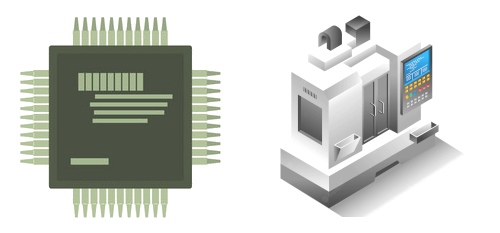 IT-Times
IT-Times
 Big Data
Big Data


 IT-Times
IT-Times
 Cloud Computing
Cloud Computing

 Important disciplines
Important disciplines

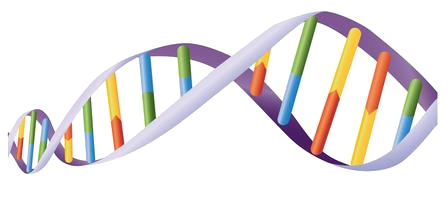 Science and technology
Science and technology
 Technology concepts
Technology concepts
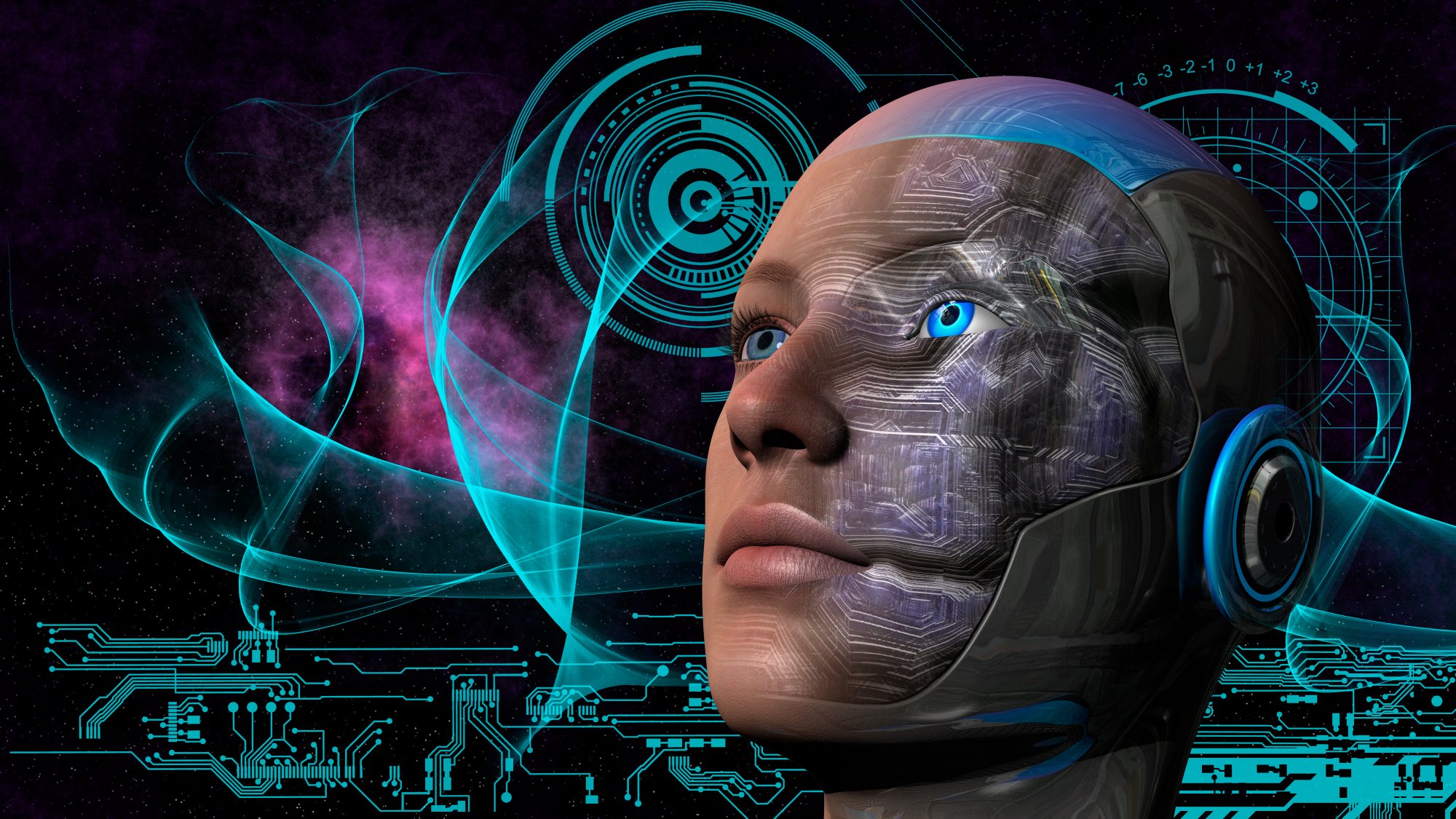
Künstliche Intelligenz (KI, auch artifizielle Intelligenz, AI, A. I., englisch artificial intelligence, AI) ist ein Teilgebiet der Informatik, welches sich mit der Automatisierung intelligenten Verhaltens befasst. Der Begriff ist insofern nicht eindeutig abgrenzbar, als es bereits an einer genauen Definition von Intelligenz mangelt. Dennoch wird er in Forschung und Entwicklung verwendet.
Im Allgemeinen bezeichnet künstliche Intelligenz oder KI den Versuch, eine menschenähnliche Intelligenz nachzubilden, d. h., einen Computer zu bauen oder so zu programmieren, dass er eigenständig Probleme bearbeiten kann. Oftmals wird damit aber auch, besonders bei Computerspielen, eine nachgeahmte Intelligenz bezeichnet, womit durch meist einfache Algorithmen ein intelligentes Verhalten simuliert werden soll.
人工智能(英语:Artificial Intelligence, AI)亦称机器智能,是指由人工制造出来的系统所表现出来的智能。通常人工智能是指通过普通电脑实现的智能。该词同时也指研究这样的智能系统是否能够实现,以及如何实现的科学领域。
一般教材中的定义领域是“智能主体(intelligent agent)的研究与设计”[1],智能主体是指一个可以观察周遭环境并作出行动以达致目标的系统。[2]约翰·麦卡锡于1955年的定义是[3]“制造智能机器的科学与工程。”[4]
人工智能的研究是高度技术性和专业的,各分支领域都是深入且各不相通的,因而涉及范围极广。[5]
人工智能的研究可以分为几个技术问题。其分支领域主要集中在解决具体问题,其中之一是,如何使用各种不同的工具完成特定的应用程序。AI的核心问题包括推理、知识、规划、学习、交流、感知、移动和操作物体的能力等。[6]强人工智能目前仍然是该领域的长远目标。[7]目前比较流行的方法包括统计方法,计算智能和传统意义的AI。目前有大量的工具应用了人工智能,其中包括搜索和数学优化、逻辑推演。而基于仿生学、认知心理学,以及基于概率论和经济学的算法等等也在逐步探索当中。
 AI-Ran Alliance
AI-Ran Alliance

 Architecture
Architecture
 Manufacturing and Innovation
Manufacturing and Innovation

 Financial
Financial
 IAA Mobility
IAA Mobility
 IAA Mobility
IAA Mobility
 2025
2025


 IT-Times
IT-Times
 Mobile Networks
Mobile Networks


 IT-Times
IT-Times
 Smart phone
Smart phone


 IT-Times
IT-Times
 Processing Units - CPU, GPU, NPU, APU, TPU, VPU, FPGA, QPU, IPU, PIC
Processing Units - CPU, GPU, NPU, APU, TPU, VPU, FPGA, QPU, IPU, PIC


 IT-Times
IT-Times
 Artificial Intelligence
Artificial Intelligence

 Life and Style
Life and Style
 Photo camera
Photo camera

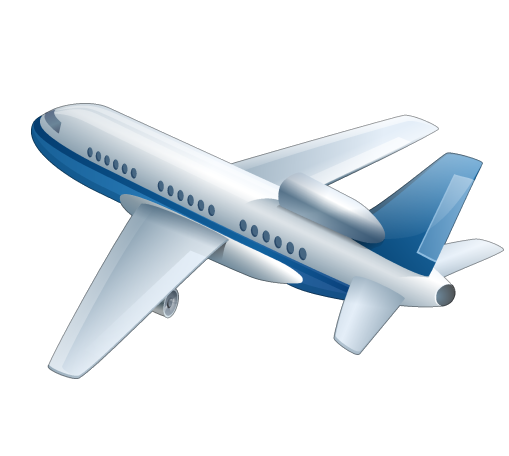
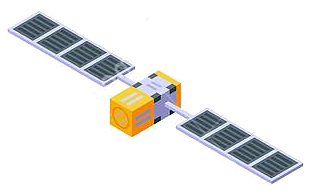
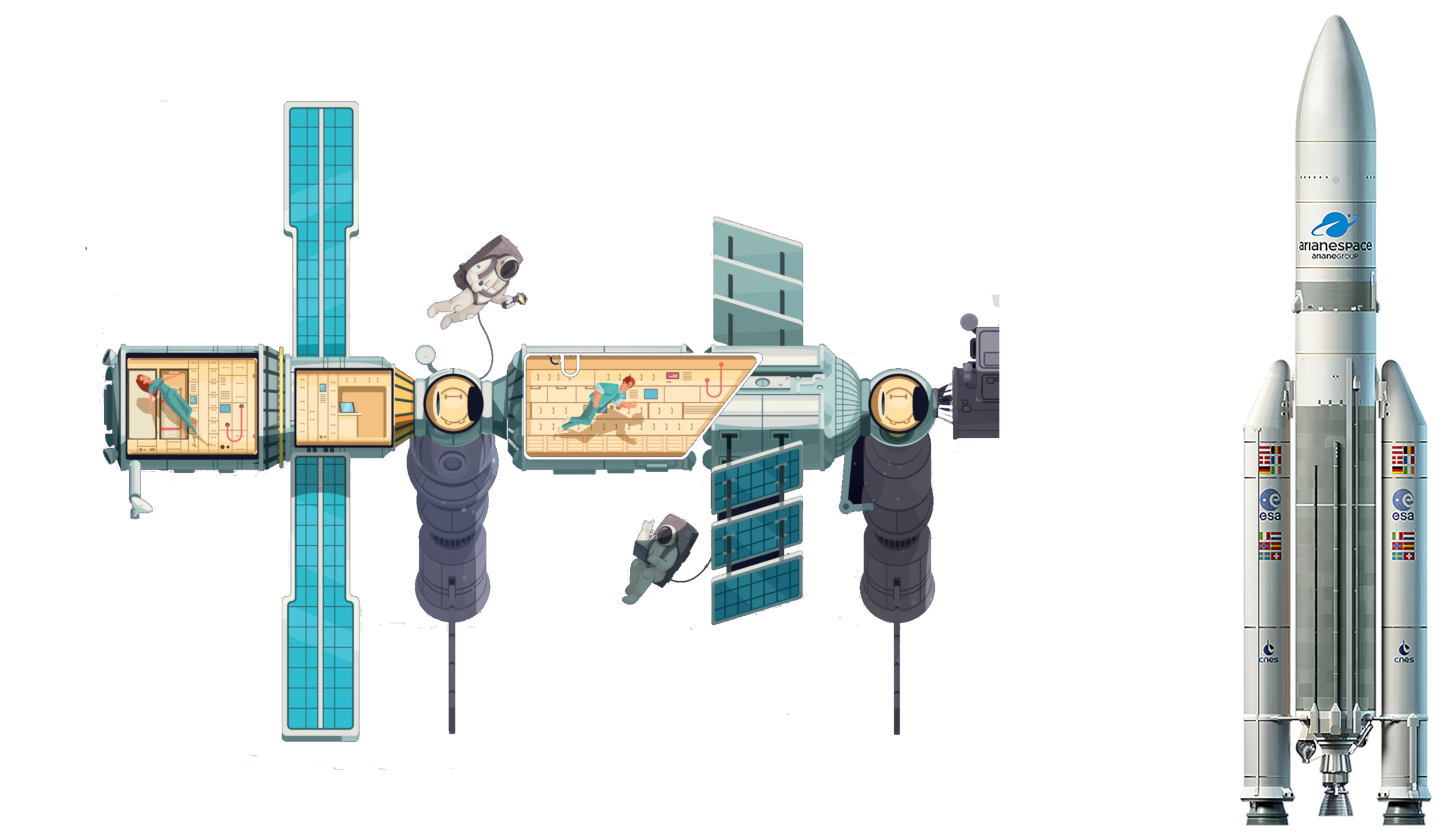 Aerospace
Aerospace


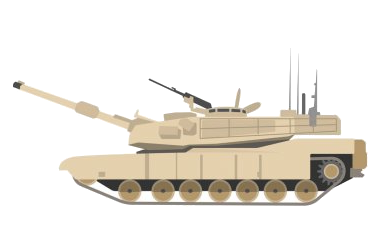

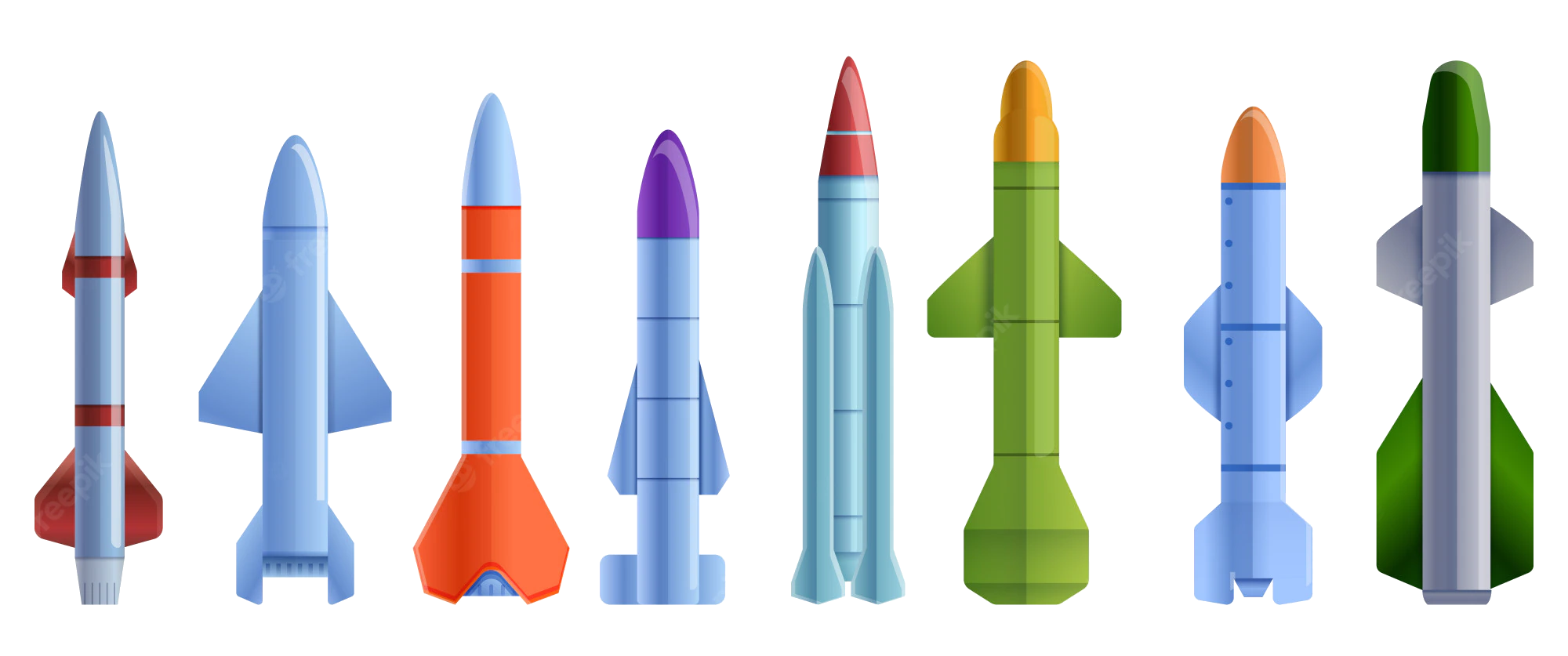 Military, defense and equipment
Military, defense and equipment
 Partner of the Paris 2024 organizing committee
Partner of the Paris 2024 organizing committee
 Republic of Korea
Republic of Korea

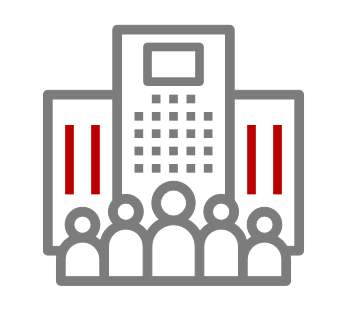 Companies
Companies

 Insurance
Insurance

 Science and technology
Science and technology
 Global Innovators
Global Innovators
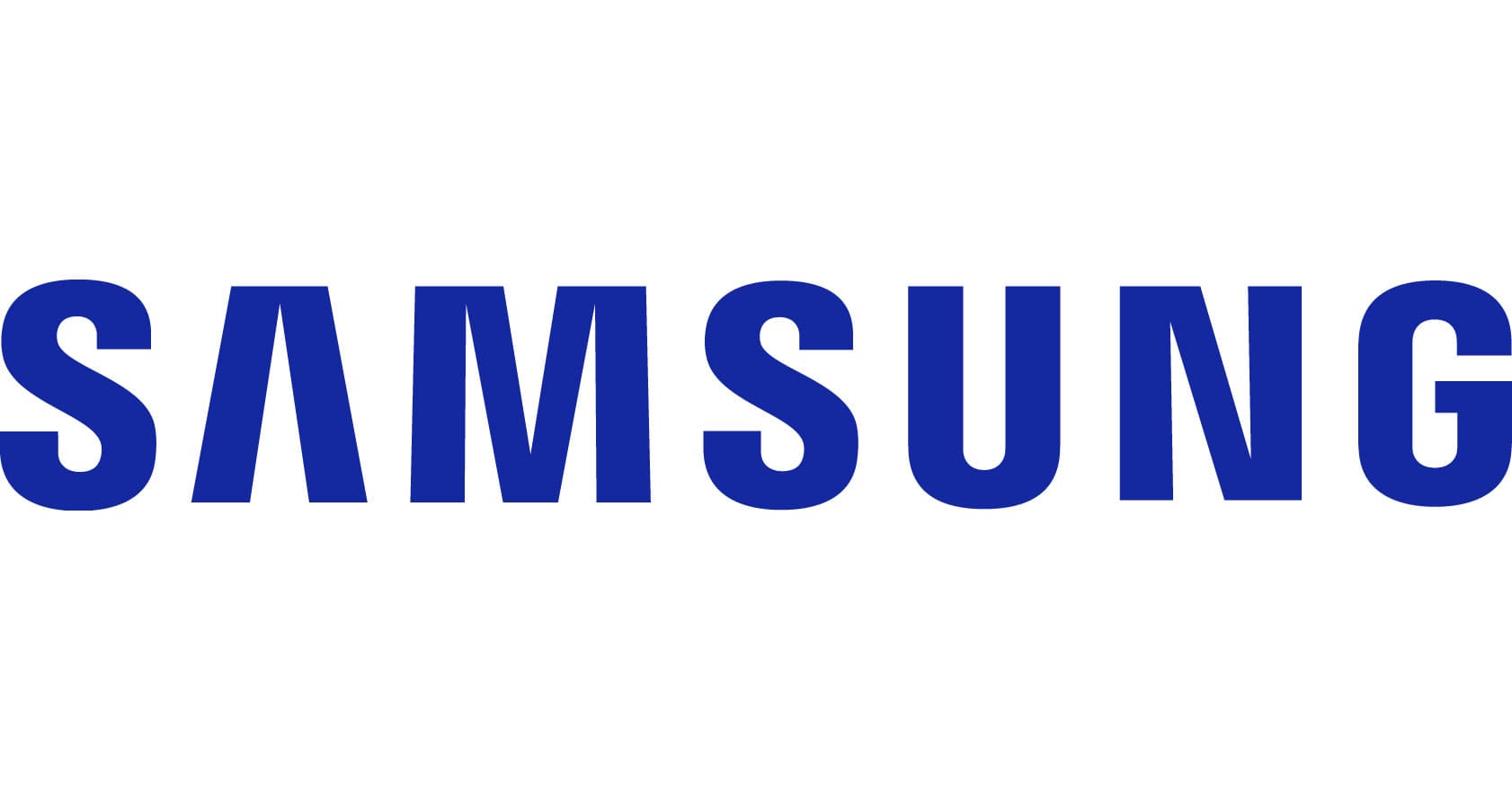
Die Samsung Gruppe ist das größte Konglomerat Südkoreas.[1][2] Flaggschiff der Gruppe ist Samsung Electronics, der weltweit größte DRAM-, NAND-Flashspeicher-, SSD-, Fernsehgeräte-, Kühlschrank-, Smartphone-Hersteller.
三星集团(朝鲜语:삼성그룹/三星그룹 Samseong Geurup;英语:Samsung Group)是一家总部设于韩国首尔的跨国综合企业,经营领域涵盖电子、金融业、保险、生物制药、建设、化工业、医疗等等广泛领域。其旗下子公司包含三星电子、三星显示、三星电机、三星物产、三星重工、三星生命等子公司,其中至少超过3家子公司为美国《财富》杂志评选为世界500强企业之列。


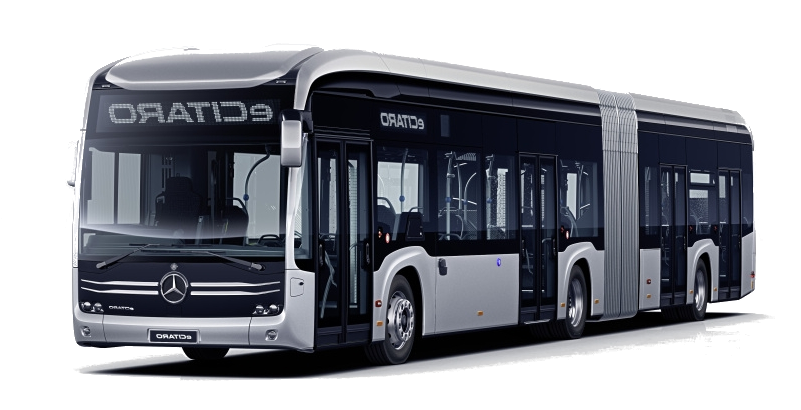
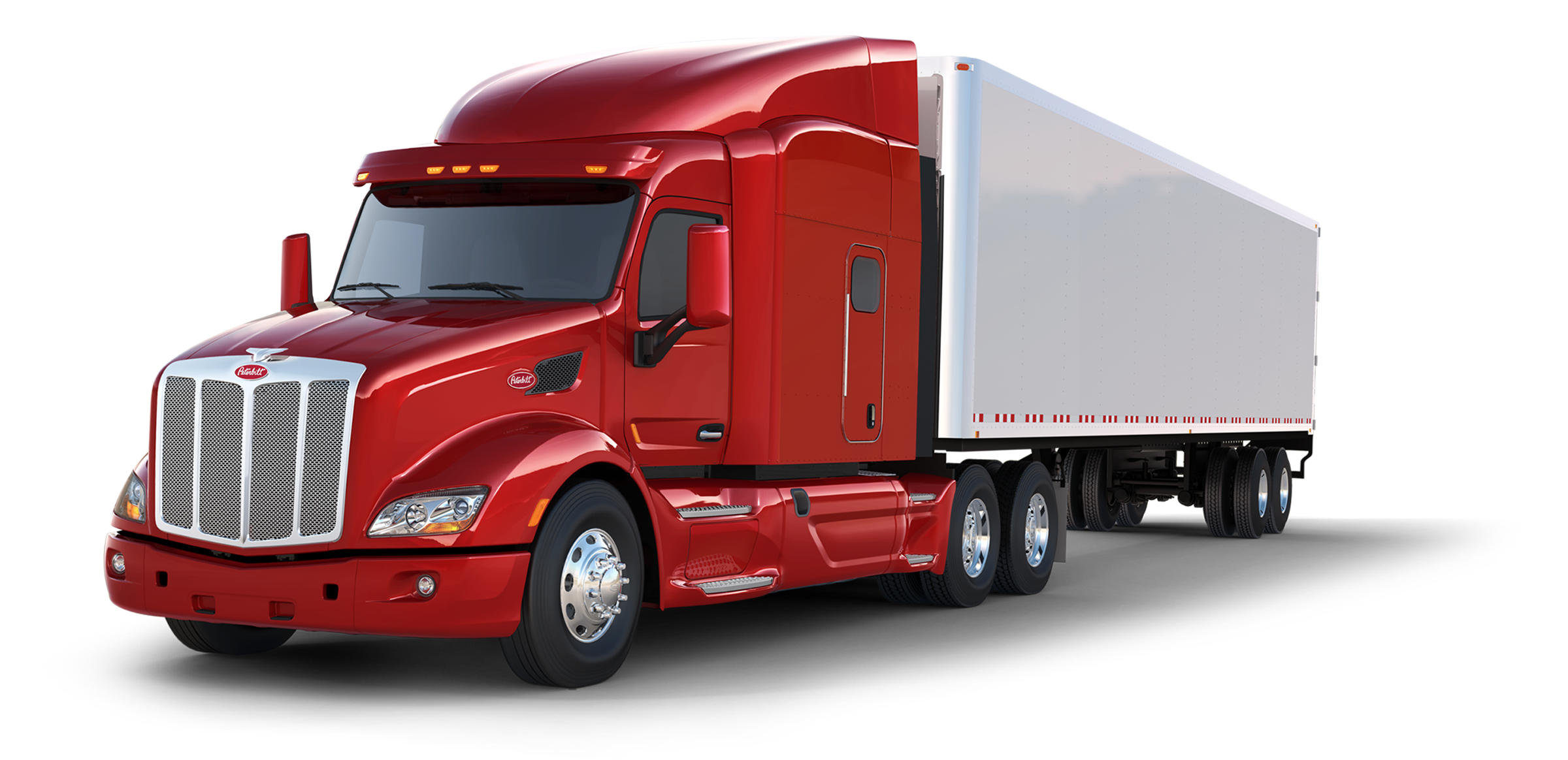 Automobile
Automobile
 *Self-driving car
*Self-driving car



 Automobile
Automobile
 ***Technology
***Technology



 Automobile
Automobile
 *Automotive supplier
*Automotive supplier


 IT-Times
IT-Times
 PLC/DCS/FCS/SCADA/MES
PLC/DCS/FCS/SCADA/MES


 IT-Times
IT-Times
 CNC
CNC


 IT-Times
IT-Times
 Artificial Intelligence
Artificial Intelligence


 IT-Times
IT-Times
 Driver assistance systems
Driver assistance systems
 Japan
Japan
 Kantō
Kantō




 Military, defense and equipment
Military, defense and equipment


我が国が目指すべき未来社会の姿であり、狩猟社会(Society 1.0)、農耕社会(Society 2.0)、工業社会(Society 3.0)、情報社会(Society 4.0)に続く新たな社会です。第5期科学技術基本計画(平成28年1月22日閣議決定)において、「サイバー空間とフィジカル空間を高度に融合させたシステムにより、経済発展と社会的課題の解決を両立する人間中心の社会」としてSociety 5.0が初めて提唱されました。第5期科学技術基本計画で提示した Society 5.0の概念を具体化し、現実のものとするために、令和3年3月26日に閣議決定された第6期科学技術・イノベーション基本計画では、我が国が目指すべきSociety 5.0の未来社会像を「持続可能性と強靭性を備え、国民の安全と安心を確保するとともに、一人ひとりが多様な幸せ(well-being)を実現できる社会」と表現しています。
这是日本应该追求的未来社会,是继狩猎社会(社会 1.0)、农业社会(社会 2.0)、工业社会(社会 3.0)和信息社会(社会 4.0)之后的新社会。社会 5.0 在第五次科学技术基本计划(2016 年 1 月 22 日内阁决定)中首次提出,是 “以人为本,通过网络空间和物理空间高度融合的系统,平衡经济发展和解决社会问题的社会”。为了实现《第五个科学技术基本计划》中提出的社会 5.0 概念,日本内阁于 2021 年 3 月 26 日批准的《第六个科学技术与创新基本计划》提出了日本应追求的未来社会 5.0 的形象:“一个可持续发展、有韧性、确保人民安全和有能力提供安全保障的社会”。该文件将其描述为 “一个可持续发展和具有复原力的社会,确保其公民的安全和保障,并使每个人都能实现各种形式的幸福(福祉)”。
Dies ist die zukünftige Gesellschaft, die Japan anstreben sollte. Es handelt sich um eine neue Gesellschaft, die auf die Jagdgesellschaft (Gesellschaft 1.0), die Agrargesellschaft (Gesellschaft 2.0), die Industriegesellschaft (Gesellschaft 3.0) und die Informationsgesellschaft (Gesellschaft 4.0) folgt. Die Gesellschaft 5.0 wurde erstmals im Fünften Grundlagenplan für Wissenschaft und Technologie (Kabinettsbeschluss vom 22. Januar 2016) als eine „auf den Menschen ausgerichtete Gesellschaft, die ein Gleichgewicht zwischen wirtschaftlicher Entwicklung und der Lösung sozialer Probleme durch ein System herstellt, das den Cyberspace und den physischen Raum in hohem Maße integriert“, vorgeschlagen. Zur Verwirklichung des Konzepts der Gesellschaft 5.0, das im Fünften Basisplan für Wissenschaft und Technologie vorgestellt wurde, wird im Sechsten Basisplan für Wissenschaft, Technologie und Innovation, der am 26. März 2021 vom Kabinett verabschiedet wurde, ein Bild der künftigen Gesellschaft 5.0 gezeichnet, die Japan anstreben sollte: "Eine Gesellschaft, die nachhaltig und widerstandsfähig ist, die die Sicherheit ihrer Menschen gewährleistet und die in der Lage ist, eine sichere und geschützte Gesellschaft zu schaffen. Sie wird beschrieben als „eine Gesellschaft, die nachhaltig und widerstandsfähig ist, die die Sicherheit ihrer Bürger gewährleistet und es jedem Einzelnen ermöglicht, ein breites Spektrum an Wohlbefinden zu verwirklichen“.
DeepSeek-V3 Capabilities
DeepSeek-V3 achieves a significant breakthrough in inference speed over previous models.
It tops the leaderboard among open-source models and rivals the most advanced closed-source models globally.
| Benchmark (Metric) | DeepSeek V3 | DeepSeek V2.5 | Qwen2.5 | Llama3.1 | Claude-3.5 | GPT-4o | |
|---|---|---|---|---|---|---|---|
| 0905 | 72B-Inst | 405B-Inst | Sonnet-1022 | 0513 | |||
| Architecture | MoE | MoE | Dense | Dense | - | - | |
| # Activated Params | 37B | 21B | 72B | 405B | - | - | |
| # Total Params | 671B | 236B | 72B | 405B | - | - | |
| English | MMLU (EM) | 88.5 | 80.6 | 85.3 | 88.6 | 88.3 | 87.2 |
| MMLU-Redux (EM) | 89.1 | 80.3 | 85.6 | 86.2 | 88.9 | 88.0 | |
| MMLU-Pro (EM) | 75.9 | 66.2 | 71.6 | 73.3 | 78.0 | 72.6 | |
| DROP (3-shot F1) | 91.6 | 87.8 | 76.7 | 88.7 | 88.3 | 83.7 | |
| IF-Eval (Prompt Strict) | 86.1 | 80.6 | 84.1 | 86.0 | 86.5 | 84.3 | |
| GPQA-Diamond (Pass@1) | 59.1 | 41.3 | 49.0 | 51.1 | 65.0 | 49.9 | |
| SimpleQA (Correct) | 24.9 | 10.2 | 9.1 | 17.1 | 28.4 | 38.2 | |
| FRAMES (Acc.) | 73.3 | 65.4 | 69.8 | 70.0 | 72.5 | 80.5 | |
| LongBench v2 (Acc.) | 48.7 | 35.4 | 39.4 | 36.1 | 41.0 | 48.1 | |
| Code | HumanEval-Mul (Pass@1) | 82.6 | 77.4 | 77.3 | 77.2 | 81.7 | 80.5 |
| LiveCodeBench (Pass@1-COT) | 40.5 | 29.2 | 31.1 | 28.4 | 36.3 | 33.4 | |
| LiveCodeBench (Pass@1) | 37.6 | 28.4 | 28.7 | 30.1 | 32.8 | 34.2 | |
| Codeforces (Percentile) | 51.6 | 35.6 | 24.8 | 25.3 | 20.3 | 23.6 | |
| SWE Verified (Resolved) | 42.0 | 22.6 | 23.8 | 24.5 | 50.8 | 38.8 | |
| Aider-Edit (Acc.) | 79.7 | 71.6 | 65.4 | 63.9 | 84.2 | 72.9 | |
| Aider-Polyglot (Acc.) | 49.6 | 18.2 | 7.6 | 5.8 | 45.3 | 16.0 | |
| Math | AIME 2024 (Pass@1) | 39.2 | 16.7 | 23.3 | 23.3 | 16.0 | 9.3 |
| MATH-500 (EM) | 90.2 | 74.7 | 80.0 | 73.8 | 78.3 | 74.6 | |
| CNMO 2024 (Pass@1) | 43.2 | 10.8 | 15.9 | 6.8 | 13.1 | 10.8 | |
| Chinese | CLUEWSC (EM) | 90.9 | 90.4 | 91.4 | 84.7 | 85.4 | 87.9 |
| C-Eval (EM) | 86.5 | 79.5 | 86.1 | 61.5 | 76.7 | 76.0 | |
| C-SimpleQA (Correct) | 64.1 | 54.1 | 48.4 | 50.4 | 51.3 | 59.3 |


 IT-Times
IT-Times


 IT-Times
IT-Times
 Processing Units - CPU, GPU, NPU, APU, TPU, VPU, FPGA, QPU, IPU, PIC
Processing Units - CPU, GPU, NPU, APU, TPU, VPU, FPGA, QPU, IPU, PIC


 IT-Times
IT-Times
 Artificial Intelligence
Artificial Intelligence

Ein neuromorpher Prozessor (englisch: neuromorphic processor unit; NPU) – auch als neurosynaptischer Prozessor (englisch: neurosynaptic processor unit), kurz Neuralprozessor (aus dem englischen Neural Processing Unit[1] entlehnt) oder auch KI-Prozessor bezeichnet – ist ein Prozessor, dessen Architektur auf Neuromorphing basiert.
人工智能加速器、深度学习处理器或神经处理单元(NPU)是一类专用硬件加速器或计算机系统,旨在加速人工智能(AI)和机器学习应用,包括人工神经网络和计算机视觉。典型应用包括机器人、物联网和其他数据密集型或传感器驱动型任务的算法。它们通常采用多核设计,一般侧重于低精度算术、新型数据流架构或内存计算能力。
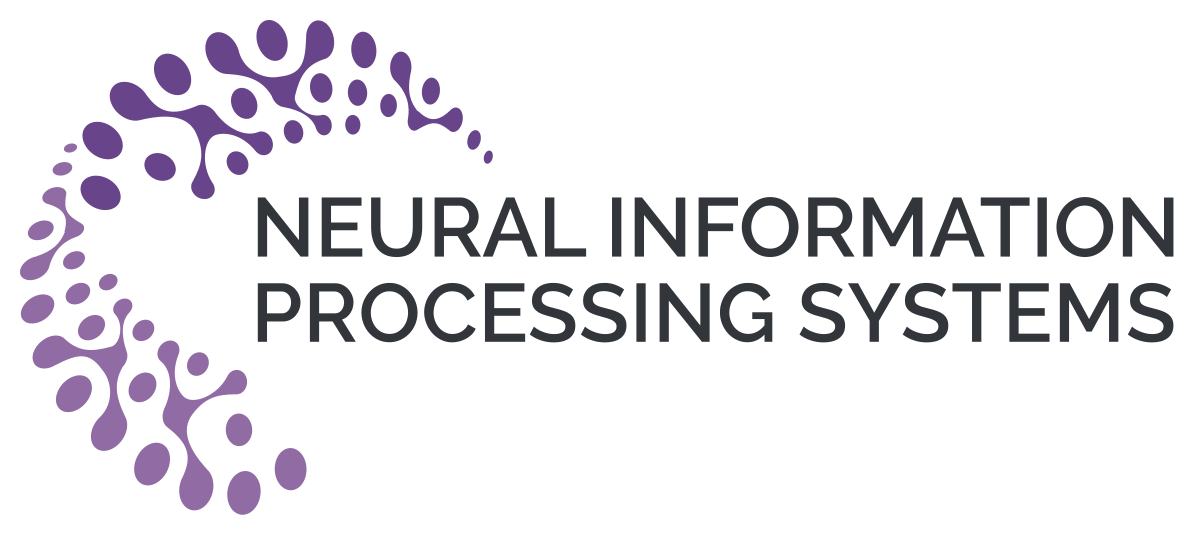
 Law
Law
 Medical, Pharmaceutical, Rehabilitation
Medical, Pharmaceutical, Rehabilitation

